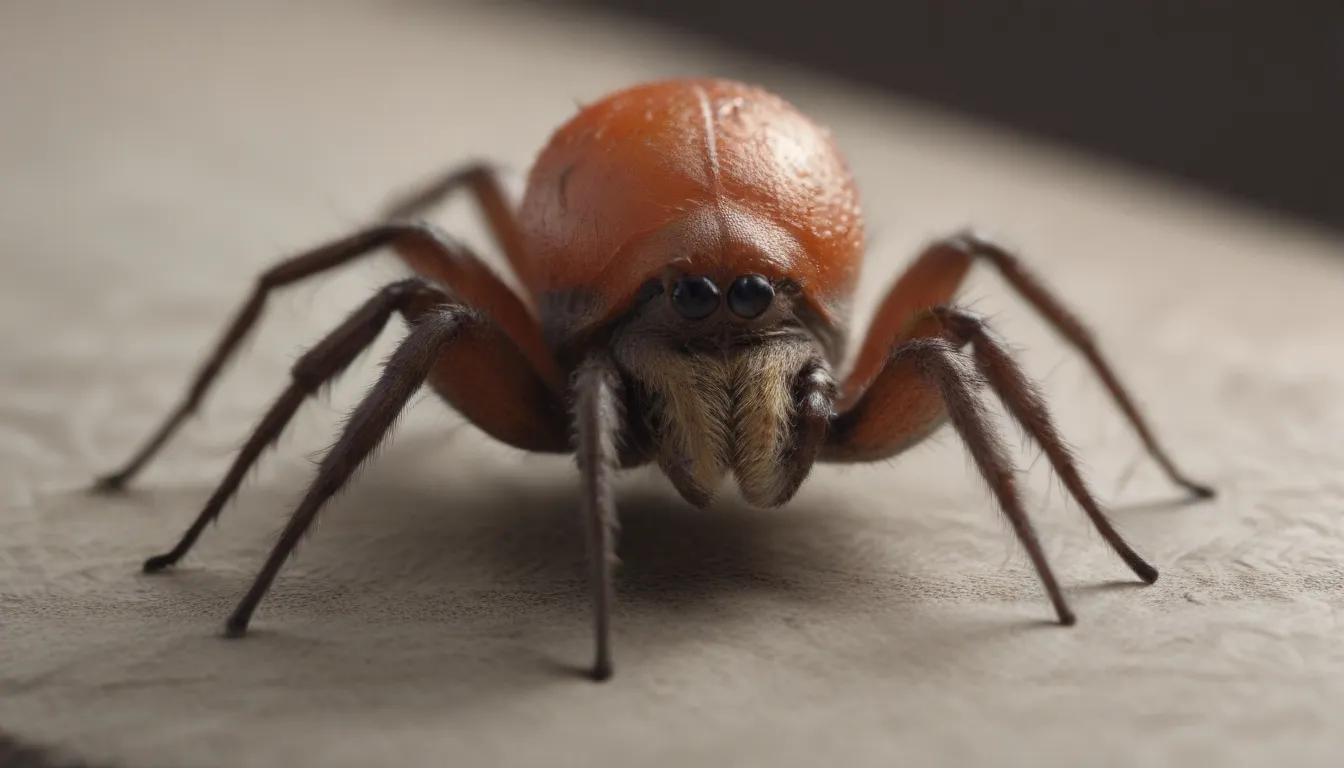A Comprehensive Guide on How to Get Rid of Spider Mites

Spider mites, those pesky little arachnids that wreak havoc on our beloved plants, can be a real nuisance. But fear not! In this in-depth guide, we will explore everything you need to know about identifying, preventing, and getting rid of spider mites to keep your plants healthy and happy.
Understanding Spider Mites
Spider mites may be tiny, but their presence can cause significant damage to a wide variety of plants, both indoors and outdoors. These minuscule insects suck on the tissues of leaves, leading to discoloration, distortion, and overall decline in plant health. Here’s how you can recognize spider mite damage.
Signs of Spider Mite Damage
- Leaves appear discolored and distorted.
- Fine silky webbing is visible on the affected plants.
What Spider Mites Look Like
- Extremely small, 1/60 to 1/25 inch in size.
- Varied colors including red, yellow, green, and brown.
- Spin fine webbing on plants.
- Most commonly found on cucurbits, beans, tomatoes, and indoor houseplants.
7 Effective Ways to Get Rid of Spider Mites
When dealing with a spider mite infestation, it’s essential to take action promptly. Here are seven tried and tested methods to help you eliminate these nuisances and restore your plant’s health.
1. Use Rubbing Alcohol
- Mix 1 cup of rubbing alcohol with 4 cups of water in a spray bottle.
- Spray the solution on the plants, covering stems, foliage, and flowers.
- Rubbing alcohol dehydrates and kills spider mites.
2. Spray With Water
- Regularly spray plants with a hard blast of water to dislodge spider mites.
- Focus on the undersides of leaves where mites often hide.
- Repeat frequently to prevent reinfestation.
3. Use Insecticidal Soaps or Oils
- Apply insecticidal soaps formulated to kill insects and pests.
- Horticultural oils, such as neem oil, smother and kill spider mites.
- Repeat treatments until the mite problem is under control.
4. Encourage Predators
- Introduce predatory insects like ladybugs and lacewings.
- Purchase predatory mites to apply to plants.
- Allow natural predators to control spider mite populations.
5. Use Neem Oil
- Neem oil is a natural product derived from the neem tree.
- Contains azadirachtin, which disrupts the life cycle of insects and mites.
- Kills spider mite eggs on contact.
6. Use Pyrethroid Pesticide
- Pyrethroid pesticides are effective against spruce spider mites.
- Considered a safer alternative to purely synthetic chemical pesticides.
- Rotate between chemicals to prevent tolerance build-up in spider mites.
7. Spray With Chemical Pesticide
- Commercial pesticides like malathion and bifenthrin can kill spider mites.
- Reserve for serious infestations as a last resort.
- Follow label directions carefully and handle with caution.
When to Seek Professional Help
For severe infestations, especially on evergreen trees, consider contacting an arborist or tree disease specialist. They may have access to stronger pesticides to combat stubborn mite populations.
Understanding Spider Mite Behavior and Prevention
Spider mites thrive in warm, dry conditions, making them more prevalent during the summer months. Spruce spider mites, however, are most active in cooler weather. To prevent spider mite infestations:
- Check potted plants before bringing them indoors for the winter.
- Inspect purchased plants for signs of mites.
- Use an indoor air humidifier to maintain humidity levels.
- Regularly spray plants with water to dislodge mites.
Remember, prevention is key to avoiding spider mite infestations and maintaining healthy plants.
Conclusion
By familiarizing yourself with the behavior of spider mites, recognizing the signs of infestation, and implementing effective control methods, you can keep your plants thriving and spider mites at bay. Remember to take swift action at the first sign of an infestation and utilize a combination of methods for best results. With the tips provided in this guide, you’ll be well-equipped to tackle spider mites and safeguard your beloved plants. Happy gardening!





